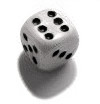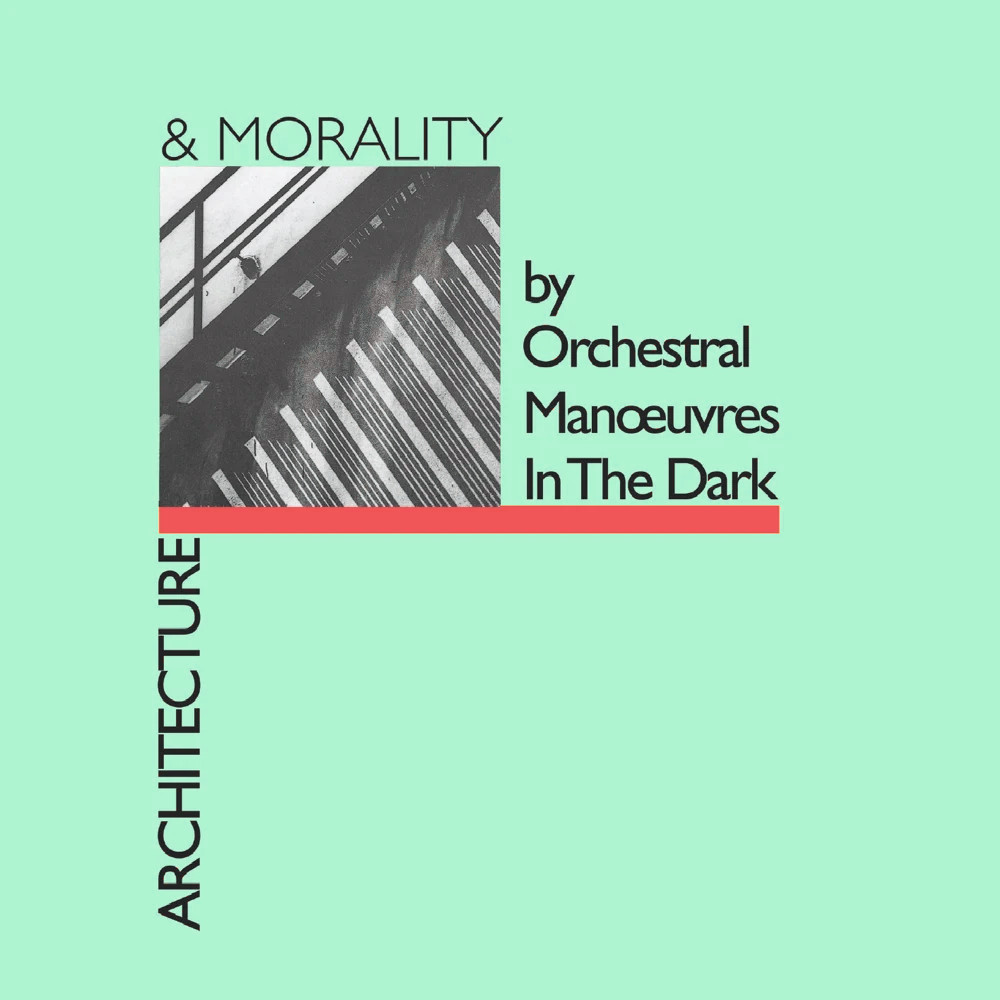OMD stands for Orchestral Manoeuvers in the Dark, a name the band regretted almost the moment they came up with it. OMD was one of the first new wave synth pop bands and I stumbled across them during my junior year in high school in 1981, at a time when the world of music was opening up for me and the beginning of the only period in time in which my musical tastes and those of the Top 40 had anything in common. It was a heady time for me, and I gobbled this new combination of synthesizers and rock beats up as if I had been starved my entire life. Which, musically speaking, is not far from the truth.
OMD was introduced to me by a guest dance teacher at Interlochen who helped turn me on to this brave new wave that was washing up from the shores of England. I immediately responded to the raw harmonic palette of electronics and the incessant dance beat. Although, it must be said, OMD was very adventurous, especially in the early days, and much of their music was impossible to dance to.
Their first two albums were available only as imports and were compiled together for a domestic release – titled merely Orchestral Manoeuvers in the Dark – to see how the American public would respond. This happened with a few bands (e.g. Japan), and once the market was deemed safe for Americans, the original albums were released stateside and the compilations were deleted from the catalogue – which may actually make the compilations somewhat valuable. Or would, if I hadn’t have played my copies to death.
Anyway, OMD released their best album the next year (on my 17th birthday), the stunning Architecture and Morality, from which this cut was taken (duh). Barring the first track, which is an annoying song featuring jangly guitars and their terrible vocal stylings, the entire album is a wonderful amalgamation of interesting textures and beautiful, lush arrangements. That album featured their first big hit, the sublime Souvenir. The unusual timbre of that track is due to the fact that it was sped up after it was recorded, an accidental discovery which works wonders for the tempo as well as the quality of the vocals.
Along with their poppier tunes, and a wonderfully sparse ode to Joan of Arc, the album includes this glorious sound collage. Unlike anything they did before or since, Architecture and Morality is a great experimental track, having more in common with “serious” electronic music (a la John Cage or Edgar Varesse) than with the more poppy sounds that other synth bands were cultivating at the time. I love the repeating bell motif, and the compelling layering effect that the track cultivates as it evolves.
The year this album came out was my final year in high school. And being a dance major meant that I had to take the choreography class as part of my curriculum. Our final for the class, not surprisingly, was to choreograph an entire piece using our classmates and perform it in an end of the year concert. I was given five dancers and, after some careful deliberation, decided upon this track. Taking a cue from the song’s title and structure, I choreographed an abstract piece that was more about form and shape than movement and called the piece Architecture.
Steve Martin (or was it Elvis Costello?) once famously remarked that “writing about music is like dancing about architecture”, and since I’ve already choreographed a piece about architecture, I figure that gives me the right to write about music. So you have that class assignment to thank for these 1000000+ words (like Mozart, too many notes).
After Architecture and Morality, OMD released their most challenging album, Dazzle Ships. More experimental than accessible, Dazzle Ships (a kind of WWI warship painted with disjointed and fractured lines to confuse the enemy as to the size and location of the ship) left many fans and critics scratching their heads. And really, it is pretty hard going, but I love that they were willing to go so far out on a limb. One of the more interesting tracks on that disc is made up entirely of recordings of different countries’ official “phone time” recordings – you know, “at the tone, the time will be 8:12 and 30 seconds...BEEP.” Each country uses a slightly different format and (of course) a different language, and the recordings are layered in one at a time – in sync – so it soon turns into unintelligible chatter – like a cocktail party at the UN – interrupted every ten seconds with a beep.
After this, OMD decided that they were a pop band and they jettisoned all of their more interesting experimental tendencies in favor of bland, creamy vocals and lifeless production. They achieved a moderate level of success doing this, but lost all of my interest in the process. But, ah, those first couple of albums were a wonder to behold, and Architecture and Morality in particular always makes me think fondly of those days when the musical horizon was rapidly expanding, the world was my oyster, and anything was possible. BEEP.




